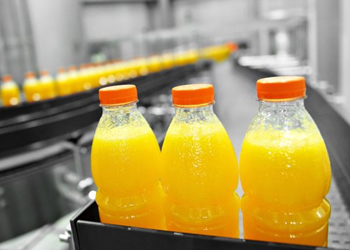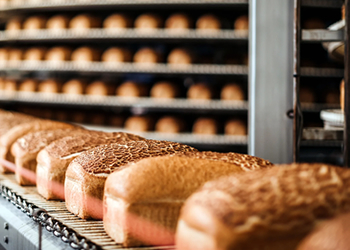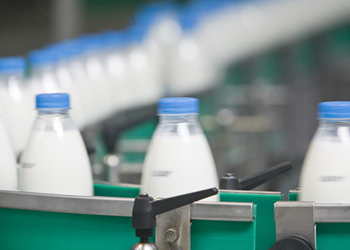Natural or synthetic thickener, caking agent, additive support and coating agent. It can be of natural origin obtained from tapioca, rice or potato starch, or of synthetic origin derived from transgenic corn starch. It is also used to give more stability to frozen products that need to maintain the same texture and appearance when these foods are thawed.
Maltodextrin Specifications:
It is a mixture of glucose polymers that appear as a result of the hydrolysis of starch. It is normally presented commercially as a white powder formed by a mixture of several glucose oligomers, which contain 5 to 10 units. These polymeric molecules are rapidly metabolized in the human body, generating an exponential increase in insulin (insulin spike ) in the bloodstream.
Considering that carbohydrates are the main source of energy for the body (for example in liver muscle glycogen), in a healthy diet they must be present in 60% so that proteins do not have to stop performing their specific functions, such as construction of muscular tissues [citation required], to obtain energy. Therefore, the consumption of maltodextrin is indicated for practitioners of strength physical activities such as bodybuilding and endurance such as cycling or marathon, as it provides energy during these intense and long-lasting physical activities, delaying fatigue thanks to the gradual release glucose in the blood.
This carbohydrate can increase the muscle energy level, giving more strength, preventing muscle catabolism (muscle loss) and also helps prevent fatigue. 10 grams of maltodextrin (one tablespoon approximately) provide about 40 kcal.










